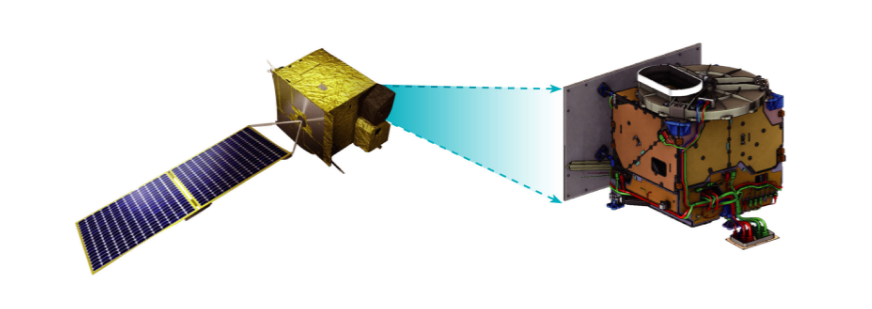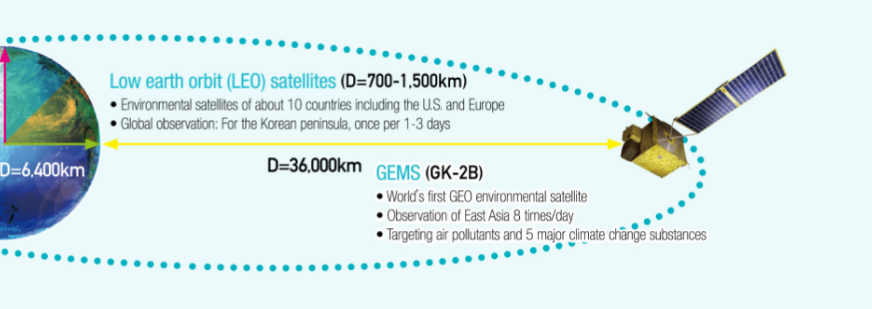Introduction to GEMS onboard GK-2B
In order to enhance the capability of monitoring and predicting air quality and climate change over East and Southeast Asia, the National Institute of Environmental Research (NIER) under the Ministry of Climate, Energy and Environment, Korea developed the Geostationary Environment Monitoring Spectrometer (GEMS)
GEMS was launched in February 2020 onboard the GEO-COMPSAT-2B satellite 1
The UV-Visible hyper spectrometer measures atmospheric composition and climate forcers including sulfur dioxide (SO2), nitrogen dioxide (NO2), ozone (O3) formaldehyde (HCHO), and aerosols
Implications of the GEMS development
pioneering role
Securing global leadership
improvement of national prestige
A pivotal role in environmental monitoring

